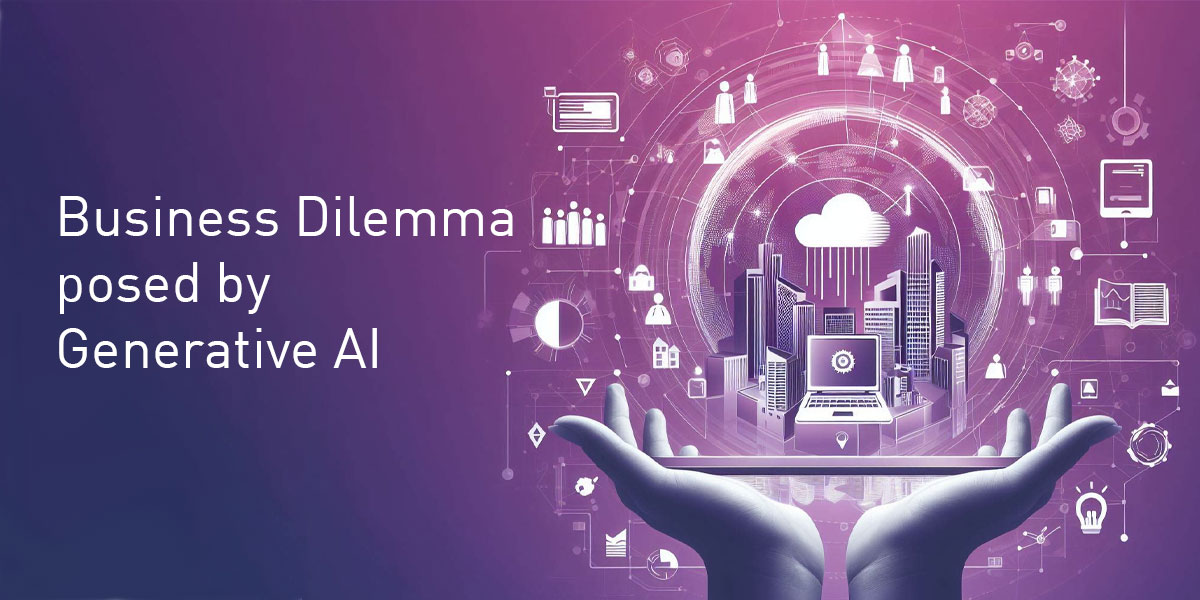Necessary cookies are absolutely essential for the website to function properly. These cookies ensure basic functionalities and security features of the website, anonymously.

Reskilling or upskilling? Which do I need?
On 26 February 2024, the Singaporean Government announced a subsidy for any worker to pursue a full time reskilling diploma. There was only one condition to apply for this funding: all applicants have to be aged 40 and above and willing to go back to university for another year. The thought of taking such a major career break may well be terrifying, but Singapore is world-leading in the field of education and they often get this kind of thing right. They are also often ahead of the crowd and their conclusion is clear: the only way to keep the wisdom and experience of senior workers in the prime of their career is to radically rethink how we keep them ahead of the game. The mid-career retrain could well become a right of passage that none of us saw coming back in the 1990s and 2000s.
Below we look at some of the terminology to navigate the new career trajectories:
Continuing competence certification
Continuing competence is a phrase we will hear more of in the near future. Human resources departments need to work more closely to document and monitor the learning needs of their employees and the means to remain compliant with professional standards in each field.
For some professions, upskilling has always been mandatory. Lawyers, nurses and tax accountants are among those who have had to attend annual training to stay licensed to practice their field.
Upskilling
Upskilling is the idea of tweaking your skills to keep them up to date. It involves expanding your existing skill set to enhance your performance in your current job. So, for example, a person working in insurance might learn to use some new predictive tools to improve pricing. They might confidently be able to explain the European rules on AI as they apply in their sector.
Reskilling
This means learning new skills that are outside of the role that you currently do. In the best case scenario, this wouldn’t mean, for example, quitting your job in accounting and becoming a florist. It would, however, take you on a different path going forwards to the one that you had planned. We’ve seen some fantastic examples of warehouse staff that have reskilled to manage digital inventory for their company. Once that worker is managing the digital inventory, they’re already moving into data science roles.
Going back to school
The Singapore example is unusual in that the government is encouraging people in what should be the prime of their careers to take a complete break and retrain. In 2020, the UK government started funding MSc conversion courses to enable 2,500 people with minimal mathematical skills and no computer science qualifications to retrain in data analytics and allowed 16 dedicated centres of excellence to be built.
Fire and rehire
The scenario everyone dreads is the fire and rehire*. I have heard CEOs reassure themselves that a new generation is coming through, with the exact technical skills that they are looking for, and that will help take these dilemmas around upskilling away. There are strong economical reasons for companies to avoid a fire and rehire approach. A recent report suggested that while the average upskilling process costs companies £31,800 per employee, that figure compares favourably with the £80,900 it would cost to fire and rehire. For large companies, that could mean millions on the budget sheet, and they would keep the leadership of experienced staff and company knowledge.
At the IoA, we support professionals to get ahead and stay ahead. If you’re worried about reskilling and upskilling, please have a look at our professional support options and retraining choices. Anyone in their 40s today may well have another couple of decades ahead of them in their careers, and the AI revolution of the workplace has only just begun. We can help you to take an inventory of your existing skills and plan how to acquire the skills needed to navigate these choppy waters ahead.
* Figures from the World Economic Forum






